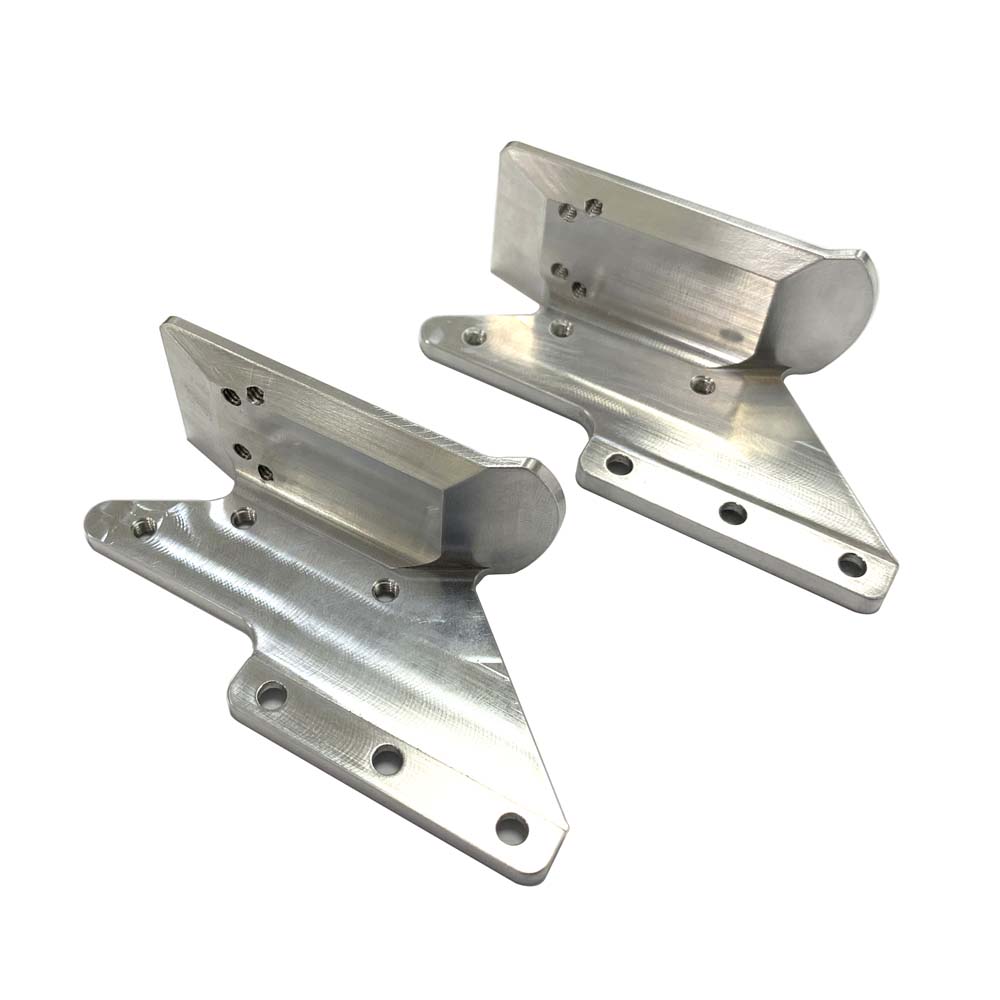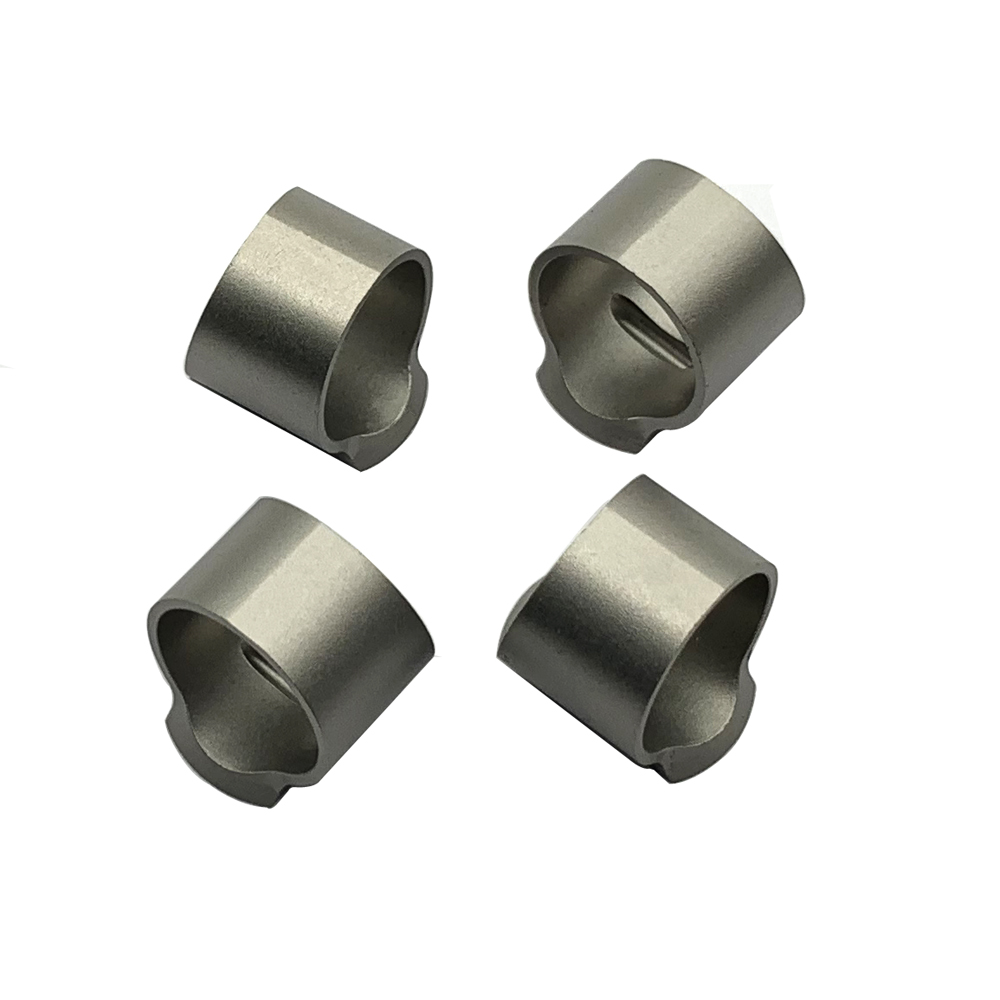Better Touch Better Business
Contact Sales at MDM Metal
1. Design of exhaust holes
The design of air extraction holes for vacuum forming is the key to mold design. The air extraction holes should be located at the last place where the sheet is attached to the mold, such as around the bottom of the concave mold when forming the concave mold and around the bottom of the punch when forming the punch. The specific situation depends on the shape and size of the molded plastic parts.
For plastic parts with complex contours, the air extraction holes should be concentrated, while for large flat plastic parts, the air extraction holes need to be evenly distributed. The spacing between holes can be determined by the size of the plastic part. For small plastic parts, the spacing between holes can be selected between 20-30mm, while for large plastic parts, the distance should be appropriately increased.
 Usually, molded plastics have good flowability, and if the molding temperature is high, the air vent is smaller; If the thickness of the damaged material sheet is large, the air extraction hole will be larger; The thickness of the blank plate is small, resulting in smaller air holes. In summary, the requirement for the size of the air extraction hole is to be able to extract air between the blank and the mold forming surface in a short period of time without leaving any traces of the air extraction hole on the plastic part.
Usually, molded plastics have good flowability, and if the molding temperature is high, the air vent is smaller; If the thickness of the damaged material sheet is large, the air extraction hole will be larger; The thickness of the blank plate is small, resulting in smaller air holes. In summary, the requirement for the size of the air extraction hole is to be able to extract air between the blank and the mold forming surface in a short period of time without leaving any traces of the air extraction hole on the plastic part.
The diameter of the general air vent is 0.5-1mm, and it is recommended that the maximum diameter of the air vent should not exceed 50% of the thickness of the sheet. However, for plates less than 0.2mm, excessively small air vents cannot be processed.
2. Cavity size
The shrinkage rate of plastic should also be considered for the cavity size of the vacuum forming mold, and the calculation method is the same as that of the cavity size of the injection mold. About 50% of the shrinkage of plastic parts formed by vacuum forming is generated after the plastic parts are demoulded, 25% is generated within 1h after demoulding and kept at room temperature, and the remaining 25% is generated within 8-24h after demoulding.
The shrinkage of plastic parts formed with concave molds is 25% to 50% greater than that formed with convex molds. There are many factors that affect the dimensional accuracy of plastic parts. In addition to reducing the dimensional accuracy of the mold cavity, it is also related to the molding temperature, mold temperature, and type of plastic parts. Therefore, it is difficult to accurately determine the shrinkage rate in advance.
If the production batch is relatively large and the dimensional accuracy requirements are high, it is best to first use gypsum to manufacture molds and test the shrinkage rate of the products. The above is the basis for designing mold cavities.
3. Surface roughness of the cavity
Generally, the mold for vacuum forming has no ejection device and is demoulded by compressed air after forming. When the surface roughness of the vacuum forming mold is too low, it is very unfavorable for demoulding after vacuum forming. The plastic parts are easy to adhere to the mold forming surface and not easy to demould. Even if there is a ejection device that can eject, it is still easy to deform after demoulding. Therefore, the surface roughness of the vacuum forming die is relatively high. After surface processing, it is best to undergo sandblasting treatment.
4. Edge sealing device
In the process of vacuum forming, in order to prevent the air outside the cavity from entering the vacuum chamber, a sealing device should be set at the edge where the plastic sheet contacts the mold. For straight parting surfaces, it is relatively easy to seal the contact surface between the plastic sheet and the mold, while for curved or folded parting surfaces, sealing is somewhat difficult.
5. Heating and cooling devices
The heating of plastic sheets used in vacuum forming usually uses resistance wire or infrared ray. The temperature of the resistance wire can reach 350 ℃~450 ℃, and different molding temperatures are required for different plastic sheets, usually achieved by adjusting the distance between the heater and the sheet. The usual distance used is 80-120mm.
Mold temperature has an impact on the quality and productivity of plastic parts. If the mold temperature is too low, cold spots or stress will occur when the plastic plate and mold cavity come into contact, resulting in cracks; When the mold temperature is too high, the plastic sheet may adhere to the mold cavity, causing deformation during demolding and prolonging the production cycle.

Therefore, the mold temperature should be controlled within a certain range, usually around 50 ℃. The mold temperature control generally depends on the Free cooling after the plastic contacts the mold, the addition of air cooling devices to accelerate cooling and water cooling, etc. The most effective and common method to control the mold temperature is to open cooling channels in the mold. The cooling channels should be more than 8mm from the mold surface to avoid cold spots.
There are different methods for setting up cooling channels, such as casting copper or steel pipes into the mold, or drilling or milling grooves on the mold. The method of milling grooves must use sealing components and cover plates.
Copyright © 2015-2023 MDM Metal All Rights Reserved
 Send A Message
Send A MessageIf you are interested in our products and want to know more details,please leave a message here,we will reply you as soon as we can.